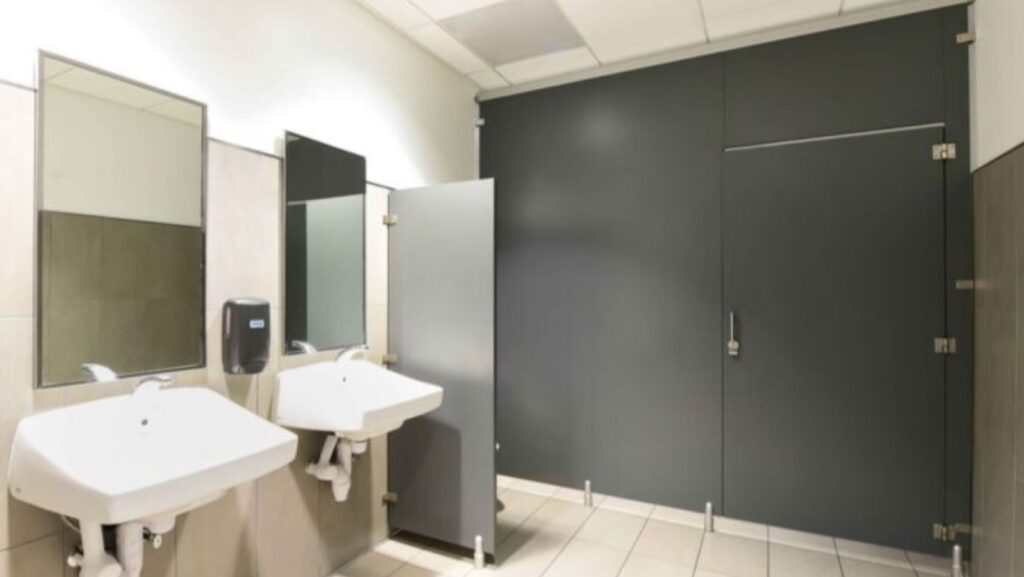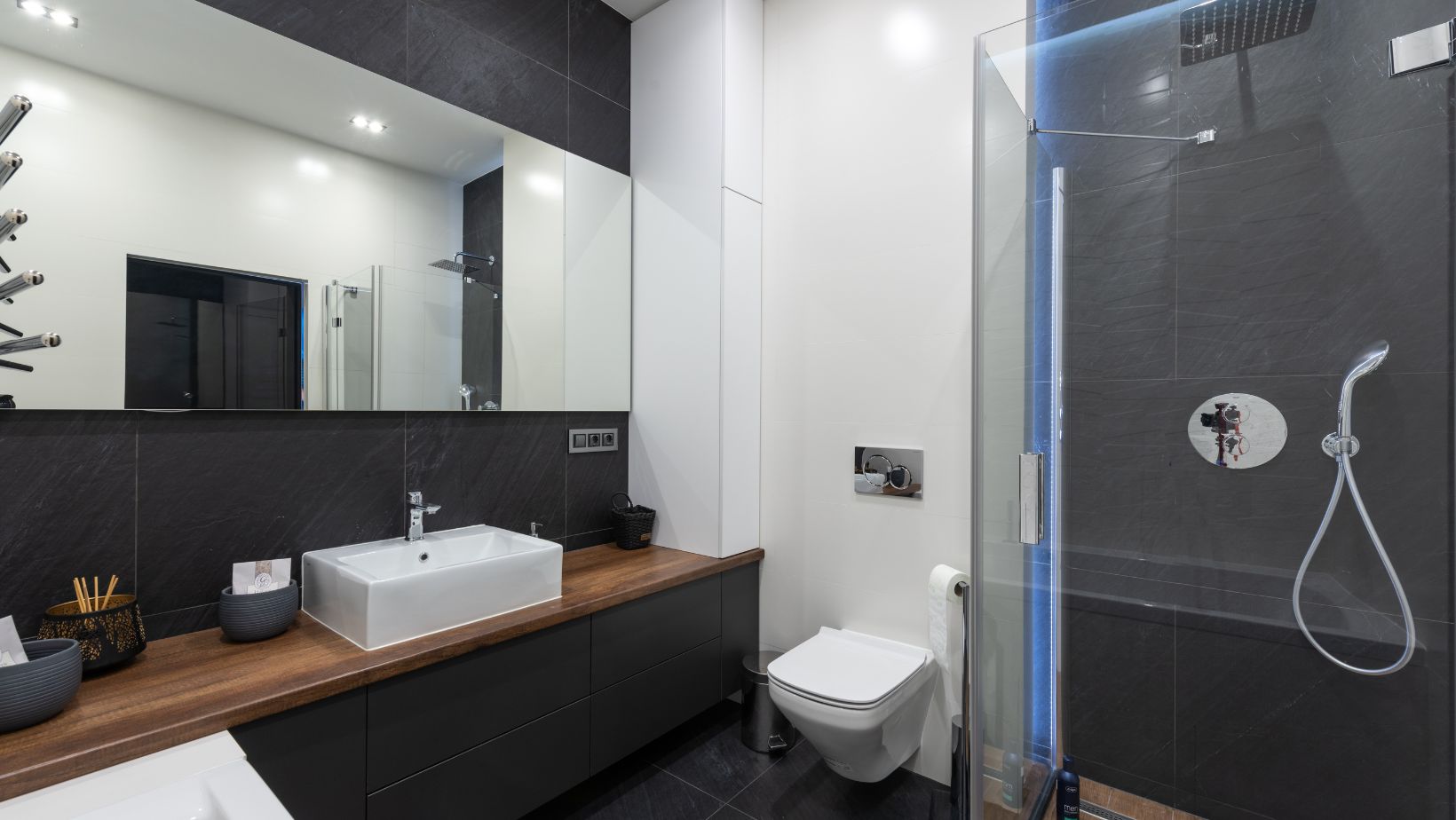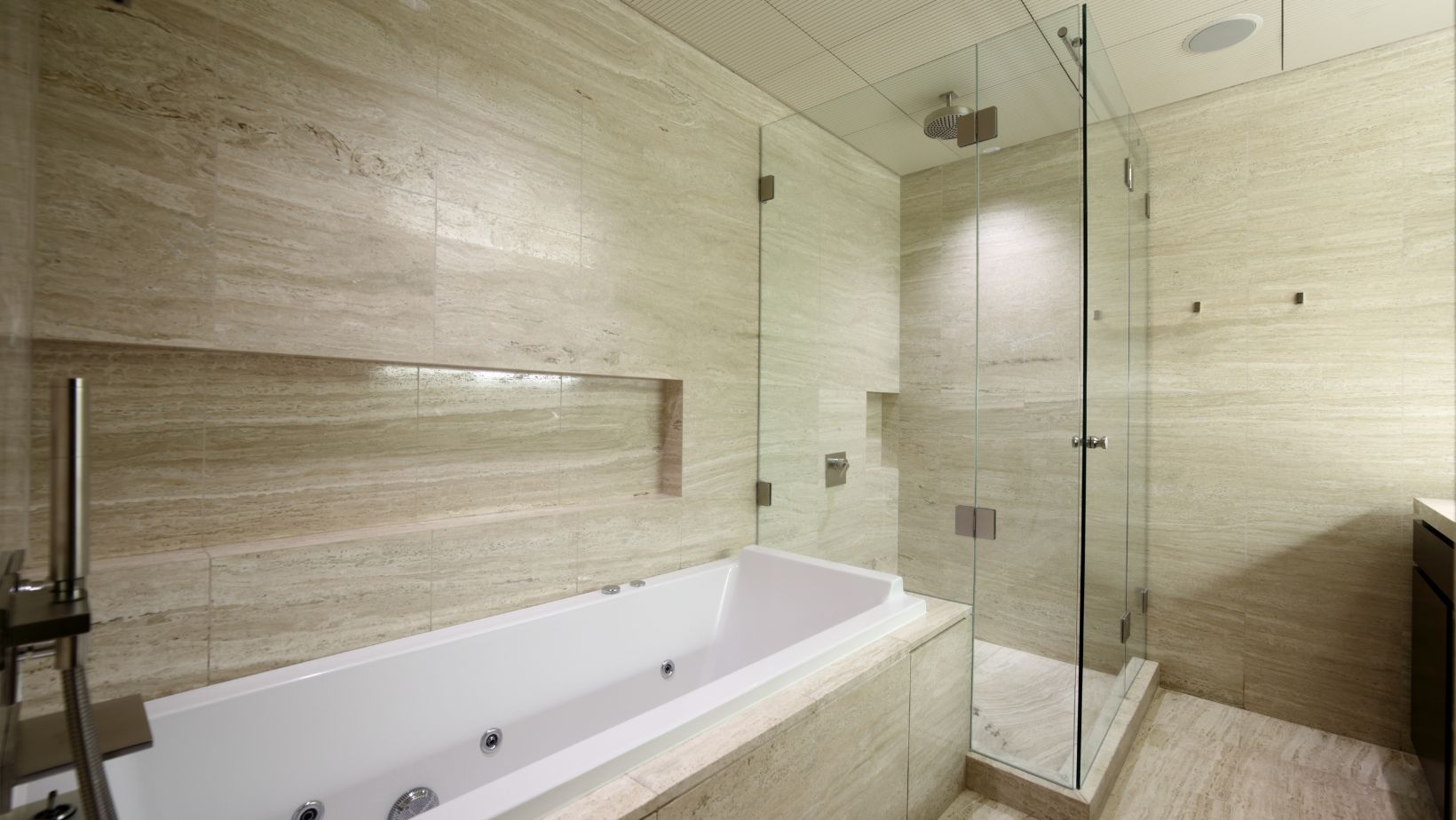When it comes to restroom design, toilet partitions are an essential feature that impacts both aesthetics and functionality. In recent years, there has been an increasing demand for modern and stylish commercial restroom solutions, leading to the rise of European-style dividers.
These partitions offer a sleek and sophisticated look that contrasts the more traditional designs often found in standard commercial restrooms. But what truly sets European-style dividers apart from the average toilet partition?
Let’s take a look at why the style of European bathroom stalls is becoming popular in commercial spaces.
Design and Aesthetics
One of the most noticeable differences between European-style dividers and traditional toilet partitions is their design. European bathroom stalls typically feature full-height panels that give users a more seamless and private experience.
These partitions often extend from floor to ceiling, giving the restroom a more finished, clean look while also eliminating gaps that may cause discomfort for users. In contrast, the average toilet partition commonly used in many public spaces tends to leave open spaces both at the top and bottom, which may provide a different level of privacy or aesthetic appeal.
European-style dividers are also characterized by their minimalist design. High-quality materials like stainless steel, glass, or compact laminate contribute to their sleek appearance, creating a modern and professional atmosphere.
On the other hand, traditional toilet partitions may be made of less durable materials such as plastic or metal, which can wear down more quickly and give the restroom a less refined look over time.
Privacy and Comfort
Privacy is a significant factor when choosing restroom dividers, especially in busy public settings. European-style dividers prioritize privacy through their full-height design, leaving no gaps that could make users feel exposed. This approach provides a more comfortable and secure environment, especially in high-traffic areas like airports, office buildings, and shopping centers.
In contrast, standard toilet partitions typically leave visible spaces both at the floor level and above, which can lead to a feeling of vulnerability. These open areas can also result in more noise transmission, adding to users’ discomfort.
With their fully enclosed design, European-style bathroom stalls not only enhance privacy but also help reduce noise levels within the restroom, contributing to a more pleasant experience overall.
Durability and Maintenance
Durability is another important consideration when comparing European-style dividers to the average toilet partition. The materials used in European-style stalls, such as compact laminate or high-pressure laminate, are designed to withstand high levels of traffic and wear.
These materials are highly resistant to moisture, scratches, and impacts, making them ideal for environments where cleanliness and durability are top priorities.
Traditional partitions, while functional, often require more frequent maintenance and may only hold up well under constant use. Materials like plastic or powder-coated metal can be prone to dents, rust, and discoloration, leading to higher maintenance costs and a shorter lifespan.
On the other hand, European-style dividers are built to last, reducing the need for replacements and ensuring that the restroom maintains its sleek appearance for years.
Final Thoughts!
The debate between European-style dividers and traditional toilet partitions primarily concerns priorities. If privacy, durability, and modern aesthetics are essential, European bathroom stalls provide a superior solution.
While they may come with a higher upfront cost, their long-lasting materials and design make them a worthwhile investment for any restroom environment. European-style dividers are undoubtedly worth considering for a stylish, functional, and long-lasting restroom solution.
So why settle for average when you can have the best? Upgrade to European-style dividers and elevate your restroom experience today. Make a wise choice and invest in European-style dividers for your next restroom project.




More Stories
Luxury Glassware for Yachts — Which Collections Are Worth Bringing On Board
Zoning Spaces Within a Single Room: Architectural Strategies for Spatial Clarity
Luxury Upgrades on a Budget: How to Achieve a High-End Look for Less